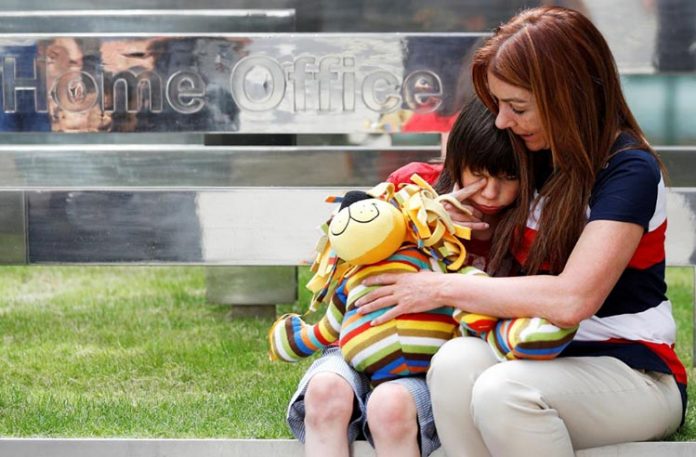Evidence that cannabis can ease epilepsy and other conditions is building as a British company counts down to what would be the first U.S. government approval for a prescription drug derived from the marijuana plant.
GW Pharmaceuticals, which has spent 20 years developing medicines from cannabis, is hoping for a Food and Drug Administration (FDA) green light by June 27, after winning support from an advisory panel in April.
Some parents already use cannabis to help children with severe forms of epilepsy, but such therapy is not monitored or licensed.
Scientists told a briefing in London on Thursday that new research was unlocking the potential of certain cannabis compounds.
“We’ve learnt a huge amount about cannabis,” said Valerie Curran, head of the clinical psychopharmacology unit at University College London. “It is still early, but it is proving a treasure chest of potential medicines.”
The researchers warned, however, that unregulated products that are not tested for purity or consistency could expose patients to widely varying doses and potential risks.
The rules governing cannabis use sparked a major row in Britain this month when officials seized cannabis oil used by a 12-year-old boy, Billy Caldwell, before eventually releasing it after he was admitted to hospital due to seizures.
Once the FDA approves GW’s drug Epidiolex and the drug is launched, probably in early September, U.S. patients will for first time have a licensed medicine to treat Dravet and Lennox-Gastaut syndromes, two rare but severe forms of epilepsy.
CLINICAL TRIALS
Europeans will have to wait until the first quarter of 2019 for a similar marketing approval decision from the European Medicines Agency.
Epidiolex is a purified form of cannabidiol (CBD), a component of cannabis that does not cause intoxication. It contains less than 0.1 percent of tetrahydrocannabinol (THC), the substance that makes people high.
Its success in clinical trials means analysts expect it to become a $1 billion-plus seller and experts believe it will be a valuable new weapon in controlling seizures.
“It gives us another medication when we’ve got very limited medications that are actually helpful,” said Helen Cross, a consultant in pediatric neurology at Great Ormond Street Hospital for Children.
But Cross, who worked on the GW clinical studies, noted the new syrup treatment did not work for all patients.
GW already has one cannabis-based treatment for multiple sclerosis approved outside the United States but Epidiolex is viewed as having much greater medical and commercial potential.
Approval from the FDA, which is gate-keeper to the world’s biggest drugs market, will be a significant landmark – not just for GW but also for other firms working on prescription drugs from cannabinoids, the active chemicals found in marijuana.
“If it goes through, it will be a major milestone for the industry,” said George Anastassov, CEO of U.S.-based Axim Biotechnologies, which is developing cannabis-derived drugs for pain, bowel conditions and other diseases.
The idea of using cannabis in medicine is not new. It was first used in Egypt 3,000 years ago and Britain’s Queen Victoria was also prescribed tincture of cannabis.
But it is only recently that researchers have started to unpick the complex mechanisms by which the different components in the marijuana plant interact with the brain – sometimes in opposing ways. While THC can induce paranoia, for example, CBD appears to counter this effect.














